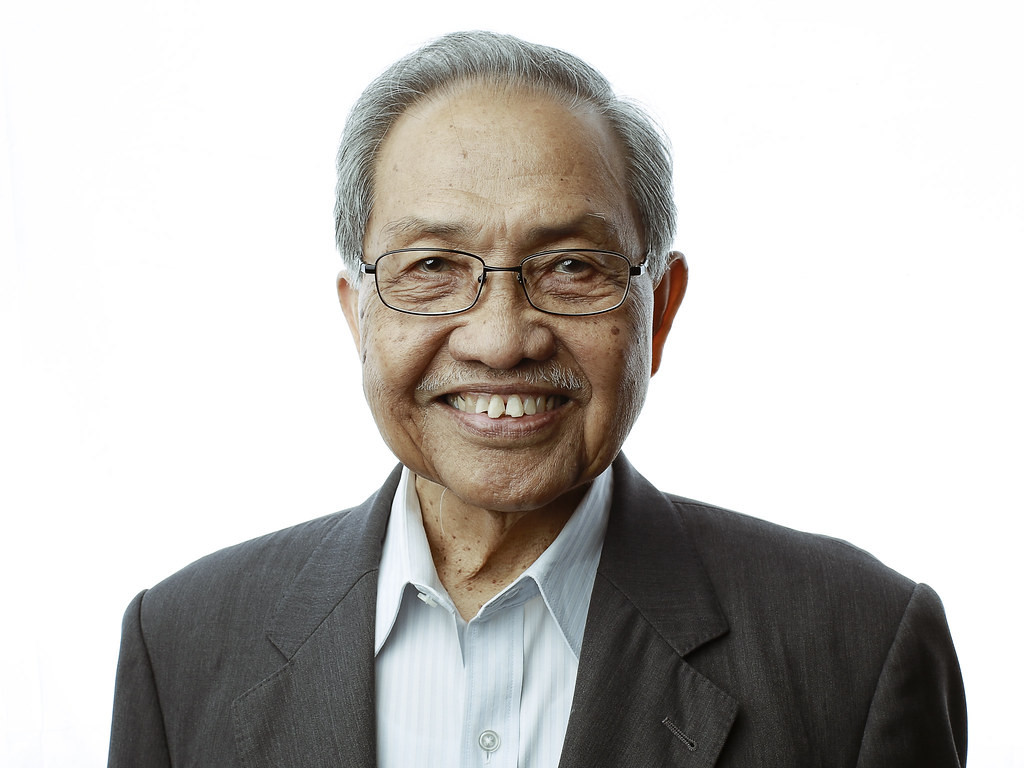
Negeri Sembilan State Mosque sits on a 5-acre hilly site surrounded by the verdant Seremban Lake Garden, making it visible from far, giving a sense of arrival to the Seremban city.
The architectural design is credited to Malayan Architects Co-Partnership, led by Chen Voon Fee, Lim Chong Keat, and William SW Lim. It was later taken over by Dato’ Ar. Dr Hj. Baharuddin Abu Kassim, who joined Jurubena Bertiga International Partnership in 1966.
The main style is Minangkabau with considerable modern touches. The mosque houses the main prayer hall with a female prayer gallery, meeting rooms, dining halls, toilets and ablution facilities and its offices. In the basement are the meeting rooms, men’s and women’s dining halls, and the sanitary and ablutions facilities.
The most significant formal and image-making features of this two-storey mosque are those of its concrete structure. The mosque is shaped as a nine-sided polygon topped with the parasol roof form. The nine sides represent the state’s nine districts and the origin of the state’s name. Its parasol roof is a hyperbolic concave concrete shell anchored by nine towers. These towers are in effect minarets, each topped with a star-and-crescent finial, symbolic of Islam. These minarets are, however, considered secondary. The main minaret was built separately, detached from the main building. On the first floor, the outdoor terraces around the building are supported by nine conical buttresses rising from the ground level.
The mosque has two entrances, one from the car park on the north side with a ramp, while the main entrance is on the east façade. As one enters the prayer hall, they will be awed by the massive, open, and generously illuminated polygon space with a 360-degree view of the surroundings, thanks to the glass walls. These walls, however, are partially modulated using carved timber screens that cast attractive patterns of dark and light into the hall. They and are also used as partitions to provide privacy for the women’s galleries that are connected directly to the surrounding terraces. The all-around openings provide inlets and outlets for sufficient cross natural ventilation, giving a thermally comfortable indoor environment. Within this prayer hall, the bold-and-sculptural shaped mihrab structure rises vertically and pierces the gallery above.
Disclaimer : Mopsqpedia is a non-profit database. All images featured in the database are sourced from various references, publications, and websites related to mosque architecture. Mosqpedia does not claim ownership of any images unless explicitly stated. Images are provided solely for educational and bibliographic purposes. Mosqpedia disclaims any responsibility for copyright infringements related to the images displayed. Users are responsible for verifying copyright status and obtaining permission from original sources if they intend to reproduce, distribute, or use any image beyond fair use.
I agree to the terms outlined below:
You agree to upload and assign Mosqpedia Database the rights to use the content worldwide and in perpetuity across all current and future media platforms. Mosqpedia Database may edit, copy, adapt and translate your contribution.
The content will be distributed under the Creative Commons Attribution-Deed – Attribution-NonCommercial-NoDerivatives 4.0 International – Creative Commons
All data will be stored in line with data protection regulations.
I agree to the terms outlined below:
You agree to upload and assign Mosqpedia Database the rights to use the content worldwide and in perpetuity across all current and future media platforms. Mosqpedia Database may edit, copy, adapt and translate your contribution.
The content will be distributed under the Creative Commons Attribution-Deed – Attribution-NonCommercial-NoDerivatives 4.0 International – Creative Commons
All data will be stored in line with data protection regulations.